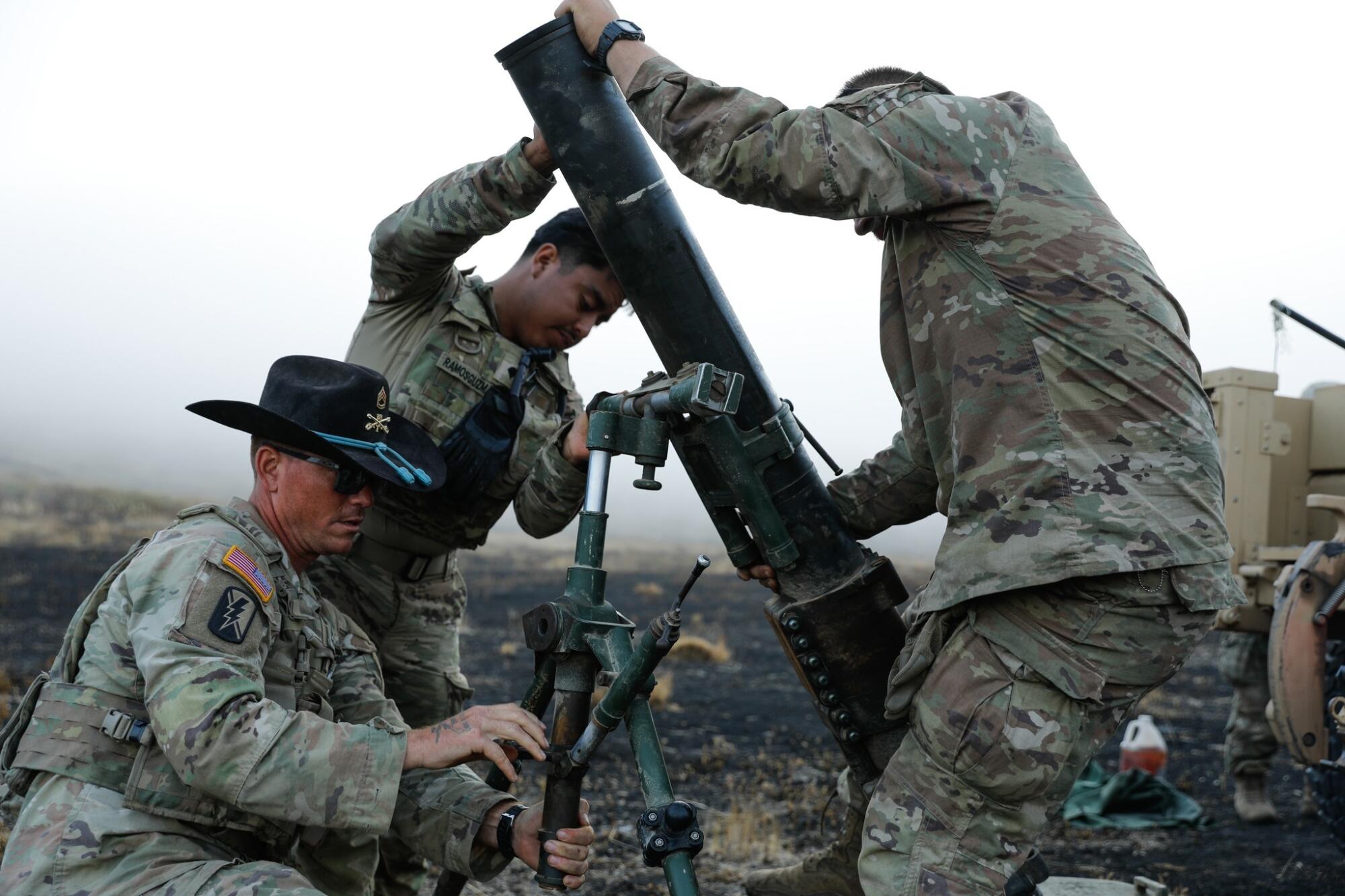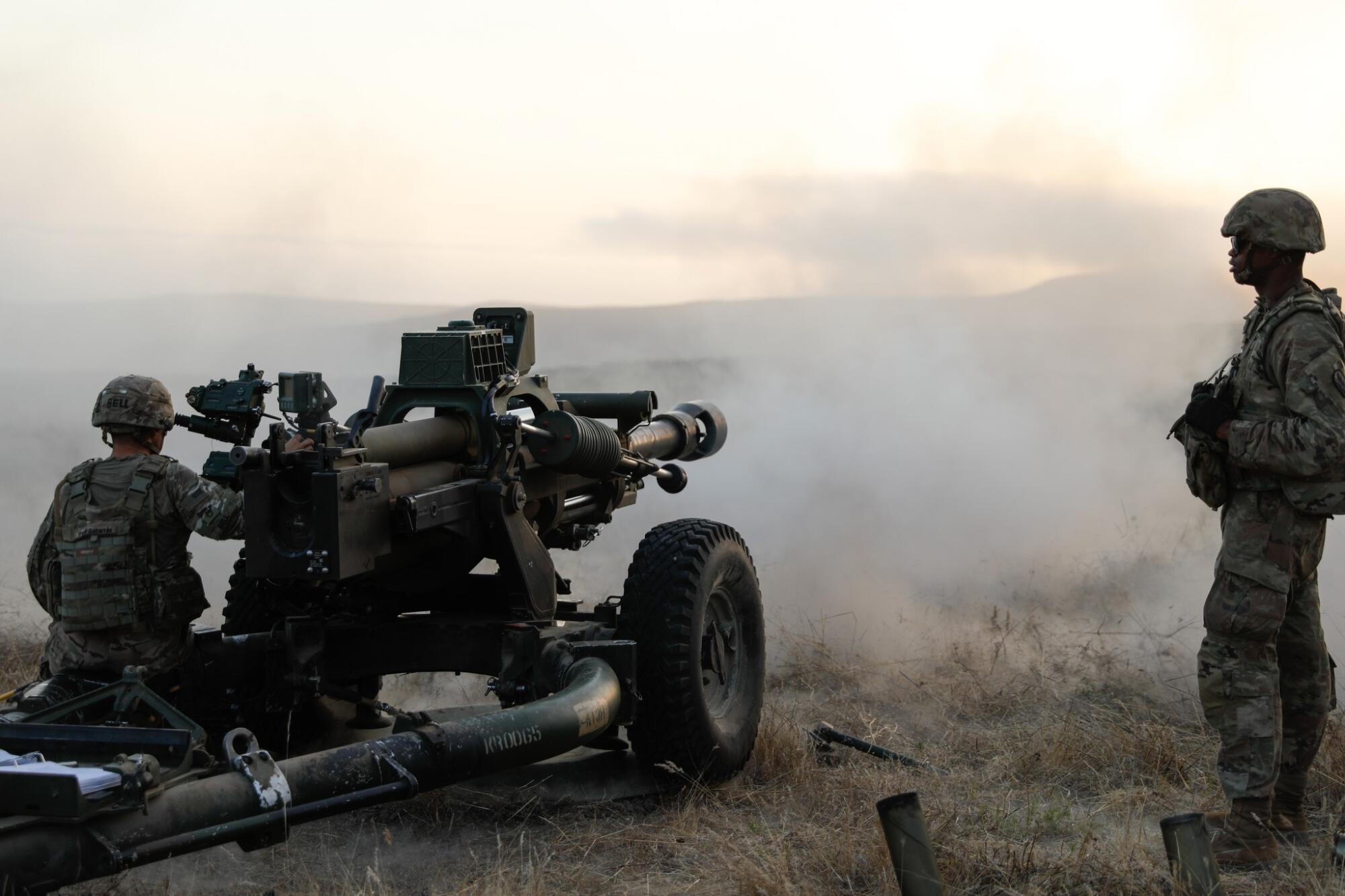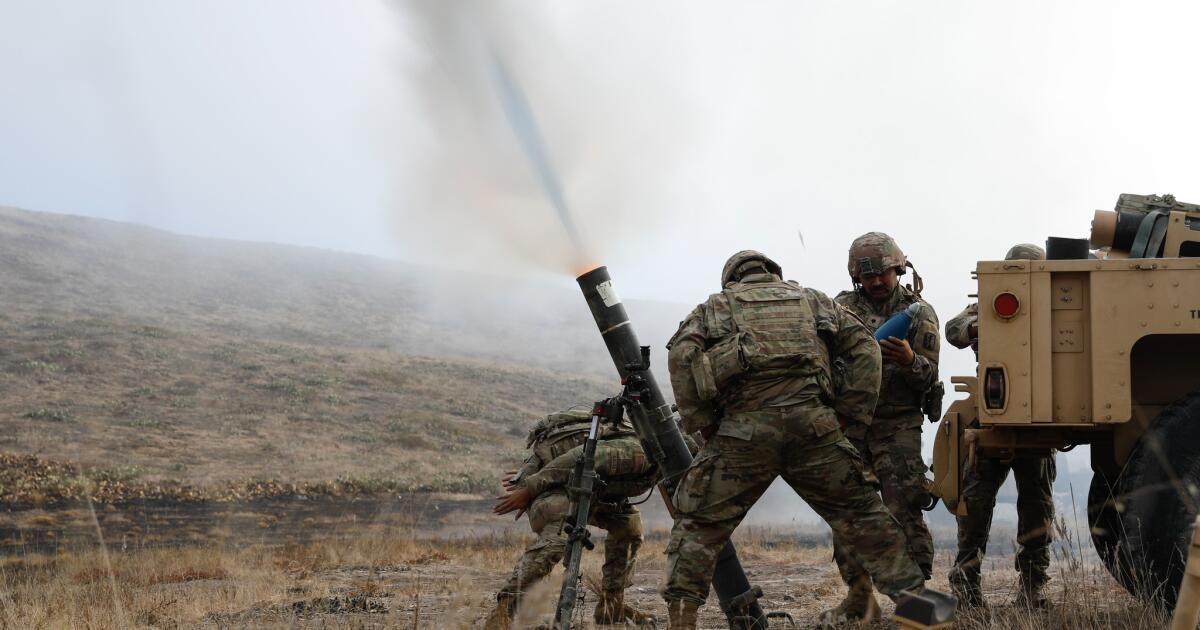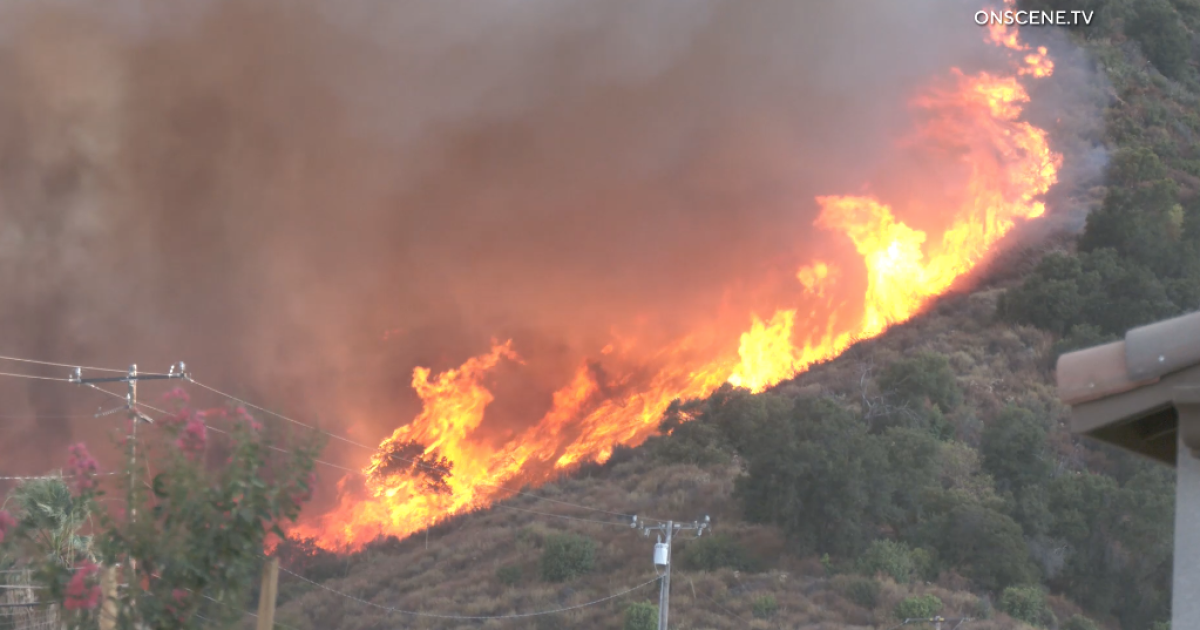About 75 miles northwest of San Diego, out of sight of much of the mainland, the remote and rugged Navy outpost of San Clemente Island remains a mystery to most Californians.
For nine decades, San Clemente Island, the southernmost of the eight Channel Islands, has been owned by the Navy and largely inaccessible to civilians. All the while, the volcanic island’s sprawling coastline and rolling hills have served as a crucial military training ground where U.S. troops detonate grenades and fire heavy artillery. It’s also the Navy’s last live firing range for ship-to-shore bombardment.
So in late July, few noticed that a catastrophic wildfire had scorched more than 13,000 acres of the island. Between July 24 and July 30, the fire burned more than a third of the island and damaged more than nine miles of high-voltage power lines, including more than 160 utility lines and a transformer, according to Navy documents.
The fire also scorched parts of the island that have rare habitats for sensitive plant and animal species found nowhere else, such as the San Clemente shrike, an endangered carnivorous songbird.
The fire left the southern end of the island charred and numerous Navy buildings without power.
It is expected to take at least a year to restore power to those facilities. In the meantime, the Navy will rely on diesel-powered backup generators to maintain communications for its operations, as well as for Federal Aviation Administration air traffic control functions and Coast Guard search and rescue missions.
Navy spokesman Kevin Dixon said the fire may have been caused by live-fire military exercises in the so-called coastal bombardment zone, though it's unclear what kind of training may have sparked the blaze. After two years of above-normal rainfall, Dixon said, there was plenty more grass that could catch fire. No one was injured or evacuated.
“There was a training session going on there and a bombing raid took place,” Dixon said. “So I can’t say for sure that it’s something like that, but from a logical standpoint, it could be related to this.”

Members of the California National Guard's 79th Infantry Brigade prepare to fire a mortar round during training exercises on San Clemente Island in July 2024.
(Spc. William Franco Espinosa / U.S. Army National Guard)
Just before the fire, several California National Guard units had been on the island to conduct military training exercises that included firing howitzers and mortar shells. Military units posted photos and videos of the exercises on social media.
California National Guard spokesman Lt. Col. Brandon Hill said guard members did not start the fire.
“If a fire had started due to the impact of the training rounds, it would have been reported immediately to range control,” Hill said. “We completed all training on July 23 and cleared the training areas without incident.”
NASA's Worldview tool, which publishes daily satellite images and data on wildfires, detected a possible wildfire on San Clemente Island around 5:30 a.m. on July 24.
Previous Navy-commissioned reports have found that weapons testing on San Clemente Island increases the likelihood of devastating wildfires and endangers some of the island’s species. In a 2009 environmental assessment, a Navy contractor concluded that most of the fires were the result of military training and that about half occurred on the southern end of the island, in the ship-to-shore bombardment zone.
In the past, the Navy has restricted the use of live ammunition during wildfire season to reduce the risk of such disasters. There were apparently no restrictions in place at the time of the July wildfire.
“If there had been any kind of fire danger then the units would not have been allowed to train, but that did not happen,” Hill said.
Despite decades of military bombardment, the island remains home to a variety of native plant and animal species. The island's mosaic of shrubs and grasslands provides habitat for mice, lizards, foxes and numerous birds. Bald eagles have also been sighted.
In recent decades, the Navy has increased funding for environmental conservation.
Its forces eradicated herds of voracious wild goats that had been brought to the island years before and restored some of the native flora. The Navy also launched captive breeding programs for threatened and endangered species, which significantly increased their numbers.
The Navy has also reduced the amount of pollution generated by its diesel power plant by installing wind turbines in the late 1990s.
The turbines, which are located in the northern part of the island, were not affected by the July fire. However, the Navy will seek contractors to repair damage to the island's transmission system and power grid.
Last year, the Navy and the U.S. Fish and Wildlife Service celebrated the delisting of the San Clemente Bell sparrow and four plant species, the largest group delisted from population recovery in the 50-year history of the Endangered Species Act.
However, several species, such as the San Clemente shrike (a robin-sized predator known as a “butcher bird”) remain on the brink of extinction, with only 14 known to exist.
During the July fire, Navy personnel moved captive breeding cages as a precaution, though those facilities ultimately were not damaged, according to Dixon, the Navy spokesman.
The Navy has also found hundreds of ancient relics from the island's original inhabitants.
San Clemente Island, an outcrop of volcanic rock, was formed by eruptions millions of years ago. It was once inhabited by a prehistoric Native American tribe, believed to have been related to the Tongva who once occupied present-day Los Angeles.
In the 16th century, Spanish explorers arrived on the island and traded with the tribe. However, by the early 19th century, there was no longer any indigenous population to be found on the island. Some say they abandoned their ancestral home with the Spanish missionaries.
In 1934, under President Theodore Roosevelt, the Navy acquired San Clemente Island. Workers built barracks, roads, and docks, paving the way for the island to become the Navy's primary weapons testing ground. Naval Island is where the Navy developed the Higgins boat, the pivotal landing craft that carried troops to the beaches of Normandy during the D-Day invasion.

Members of the 1st Battalion, 143rd Field Artillery Regiment of the California National Guard fire an M119 howitzer during military exercises in July 2024 on San Clemente Island.
(Spc. William Franco Espinosa / U.S. Army National Guard)












